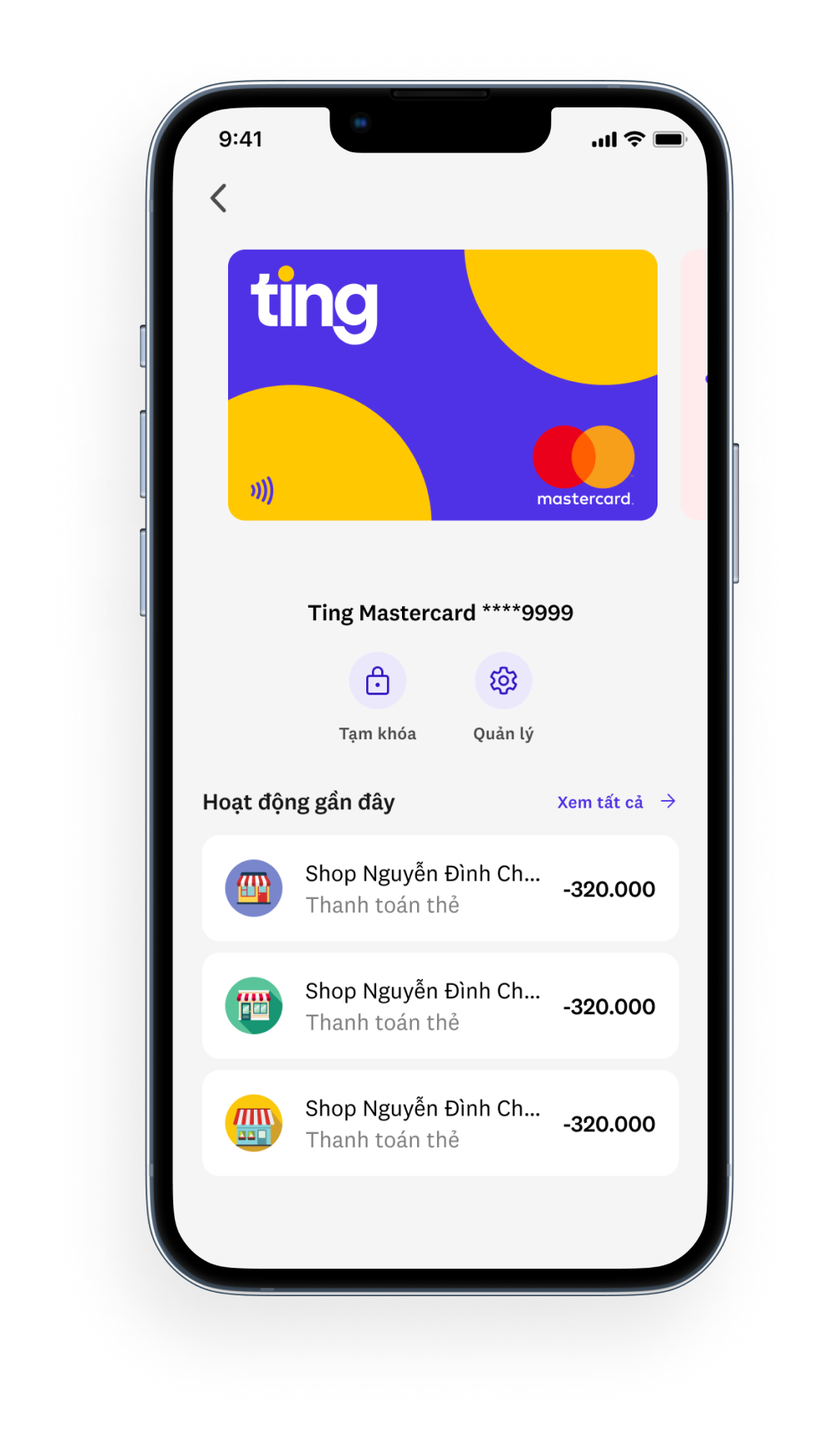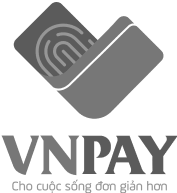Small and medium enterprises continue to play a significant role in Vietnam, accounting for 98% of all enterprises, 50% of employment, and 40% of the country's GDP. Since the introduction of the SME Law in 2017, the number of small and medium enterprises has grown exponentially as the government offers incentives, land rental preferences, and credit access to small business owners. However, despite the reforms, SMEs continue to face challenges in market access, access to finance, and competition from foreign firms. These challenges have led firms to analyze their processes, especially areas where they can save more money through in-depth spending analysis in the procurement process. When done right, spend analysis improves the visibility and understanding of companies and proactively identifies opportunities for future savings.
Defining Spend Analysis for SMEs
Spend analysis is the art and process of analyzing historical purchasing data to provide visibility about the business sourcing process and identifying practices on prioritizing sourcing resources to identify where the largest saving opportunities exist. Spend data is collected from multiple sources and systems, including AP, ERP, and eProcurement, and aggregated, integrated, analyzed, and processed into usable information to drive insightful output.
Importance of Spend Analysis for SMEs
Organizations manage about 60% of their total expenditure, leaving the remaining 40% to factors beyond their control. Investing in a robust spend analytics solution is a key prerequisite for organizations in Vietnam's highly dynamic market. Leveraging big data analytics and intelligent planning for spending analysis is beneficial for businesses in numerous ways as they struggle to realize growth and profitability in the face of uncertainty. Among these benefits include;
Better spending forecast
The ability to forecast and spend lays the foundation for spending analysis. Each team within the business, which is a cost center, can benefit from forecasting as it will help them in strategic planning. The procurement teams should be brought on board in budgeting to help forecast spending from existing vendors to help the business identify areas to minimize spending.
Improved Supplier Relationships
Through spend analysis, businesses gain insight into their vendor performance and encourage better relationships and management. Supplier scorecards should be introduced to help evaluate vendors based on the goods they supply and the amount spent on each vendor. The data will help organizations negotiate for better contracts using both internal and external pricing benchmarks as well as reduce the number of suppliers for improved value.
Through spend analysis, businesses gain insight into their expenditures by identifying the procurement spend patterns while ascertaining opportunities of saving and making adjustments towards creating a leaner and more efficient procurement process. Besides getting the best quotes and deals from suppliers, improving your spending visibility helps in planning and maintaining the optimal inventory level at all times. Providing Spend Visibility.
Steps Small Business Owners Take to Perform an Effective Spend Analysis
Gaining visibility into your organization's wide spending requires good analytics from the process of data collection to analyzing the data. There are essential steps for evaluating business spending and ensuring that it is able to make use of the information for more strategic spending decisions. The steps to follow include:
Step 1: Identifying the Sources of Business Expenditure
Source expenditures vary across the procurement of goods and services based on each cost center, including employees' salaries and wages, advertising and marketing, utilities, statutory bills, licenses, software, and rent. You need to make the spending transparent by answering questions about how much is being spent on each expense, the reason for making the purchase, who are the suppliers, and if they are diverse enough, as well as other costs associated with the purchase besides the cost price. Aggregate the results and prepare the data for analysis. Use the same format with all the fields required to compare costs across departments.
Step 2: Perform a Detailed Spend Analysis
Upon consolidating the data, the next step is to analyze your expenditures. The aim here is to have a standardized report that allows you to identify trends in your businesses' spending habits and identify areas of improvement. To do this, develop KPIs such as procurement cycle times, cost savings, and vendor performance. The KPIs will help you measure the data against targets and ascertain your business performance.
Track the flow of spending to each of the suppliers so that you will track your savings and cost reductions. With the right spend analysis tool, you will ascertain where you overspend and identify opportunities for improving the spending.
Step 3: Analyze and Improve Procurement Processes
From the insight garnered from the spend analysis, it is time to improve relationships with your vendors and negotiate better contracts. Through the data, you will be able to streamline your procurement processes, for instance, by negotiating and improving pricing contracts with suppliers, reducing the purchasing cycle, and mitigating risks of increased costs by comparing vendors of a particular item category. Furthermore, for effective spend management, include the tail-end spend in the supplier discussions as this can help increase the savings further.
Step 4: Repeat the Process
Spend analysis is not a one-time task. It should be incorporated in your procurement process and regularly reviewed so that your procurement team can continuously improve its processes and identify cost savings and value additions as they occur.

Automate Your Spend Analysis
While many business owners in Vietnam's fast-paced economy predict a steady growth in their businesses courtesy of the expanding markets, government incentives, easier access to credit, skilled workforce, and streamlined processes for improved efficiency and cost savings, the future remains uncertain. SMEs and freelancers are up against many potential outcomes, including new competition, changes in consumer behavior, and uncertain markets that could change at any given time.
Although that seems daunting, businesses can take advantage of spending analysis to control their spending and identify new ways of saving. Take control of your business by tracking your expenses through our Ting e-wallet. Available in Google Play and App Store, Ting allows you to rationally spend and save money by tracking and analyzing where all the money is spent. Understanding your expenditure will allow you to make smart and informed purchasing decisions.














